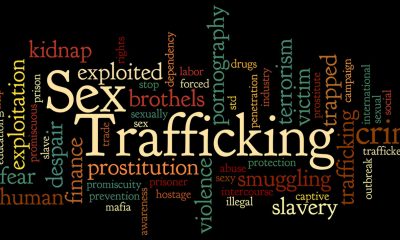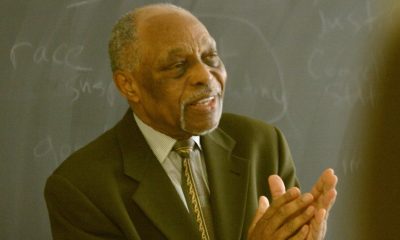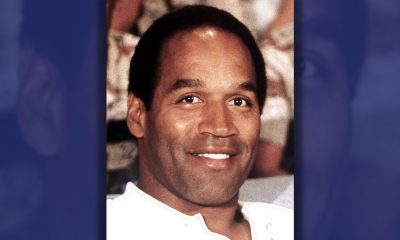Business
Black Wall Street Spring
THE FLORIDA STAR — On Saturday, March 30th, an event was held at The Bethel Church to do just that. It was called Black Wall Street Spring, hosted by Gene Dot Com.
By Carmen Davenport
On Saturday, March 30th, an event was held at The Bethel Church to do just that. It was called Black Wall Street Spring, hosted by Gene Dot Com and I must admit, it was an amazing event. His first Black Wall Street event occurred in November of 2018, with a purpose of encouraging people to forgo Black Friday and invest in BOBs instead. That event was such a success, Gene Dot Com decided to hold another one this spring.
“The purpose for this event is to support small businesses,” states Gene. “I believe that if we support each other, then the black dollar will continue to exist and continue to be an impact. Sometimes people forget about the small businesses which are cornerstones for our communities and neighborhoods and tend to get past away due to lack of support.”
The event in Tulsa, Oklahoma drove his decision to create this event in Jacksonville, Fl. Gene expects for this event to grow and continue to be a beacon light for each other.
I had the personal pleasure of meeting many business owners who possess a true desire of bringing value to other peoples’ lives. Approximately 70 vendors to include 5 food vendors were on site. Approximately 30 vendors were unfortunately turned down due to a lack of space. Business owners displayed clothing, body care products, hair care products, jewelry, and natural oils. Service providers such as authors, financial managers, and realtors were in attendance. Teachings on managing children in managing finances were all available.
We are not able to feature all of the businesses but was able to capture a few.
Black Wall Street: What Is It and Why Should We Care
What is it Black Wall Street?
Information of one of the most traumatic events in the history of America is disappearing. Yes, literally. Court records have disappeared and this particular event was accidentally omitted from history books. This event is known as the Tulsa Race Riot of 1921, however, it is known by survivors as a massacre. Most of us are aware of the history of segregation and racial tension in America. Blacks were not allowed in white-owned stores, they were not able to use the same amenities whites used nor could they eat in places owned or occupied by whites. In many cases, whites did not want blacks around them.
Blacks in this area were barred from white areas, therefore, they built their own area for shopping, entertainment, surviving and thriving. This area called Greenwood was considered the Black Wall Street of America. There were 108 businesses, 15 doctor offices, 2 schools, 2 movie theaters, banks, pharmacies, barber shops, beauty shops and anything else needed for survival or entertainment. All businesses were black-owned and for blacks only. They dressed exceptionally and elegantly well, suits, ties, and hats for the men and elegant dresses, gloves, and hats for the women. Against popular belief, black people were and still are highly educated, extremely intelligent and most important, thriving survivors.
Since blacks were prevented from the use of white amenities, one would think whites would be satisfied. Unfortunately, that did not solve the problems whites had with blacks. The success of blacks became the next thing whites did not like. Many became jealous of what blacks achieved, such as possessing grand pianos in their living rooms. This jealousy created a range of emotions and whites only needed one little spark to blow the top off their frustrations.
Unfortunately, this little spark occurred on May 31, 1921. Dick Rowland, 19, a black shoe shiner entered an elevator as he had numerous times prior to this day. This elevator was operated by 17-year-old Sarah Page. The doors closed, a scream was heard from Sarah, the doors opened and both ran out of the elevator. Rumor mill was told of an assault which as time went on, turned into a rape by the time it went through the town. Dick was arrested the next day and taken to the courthouse. Approximately 1000 armed whites surrounded the courthouse requesting for Dick to be lynched. Blacks heard of what happened and also went to the courthouse armed to protect this young boy. The size of the black group did not compare to the size of the white group. An argument and tussle ensued between an armed white and black man. A weapon was fired and the white man was shot. This is the moment when literally, all hell broke loose.
That was the spark the white crowd was waiting for. Over 1000 whites headed to the prestigious town of Greenwood. They looted businesses, murdered black people and set fire to 35 blocks of black-owned businesses. 1,200 homes, 108 businesses were burned and over 300 black people were killed. The bodies of these residents have yet to be located. It is believed they were dumped in mass graves.
Survivors recalled seeing planes overhead shooting down as they tried to escape and dropped bombs on their community. For two days, the prestigious town of Greenwood burned to the ground without relief. There were a few survivors who lost everything. They had to create and live in a tent city. Over 2.7 million dollars in insurance claims were filed and submitted however, all were denied.
Why Should We Care?
Nielson 2018 reported American consumer spending at $13,032.30 billion. The Share of the U.S. White Population for 2018 was 76.4 percent with a Buying Power of $12.1 trillion. The Share of the U.S. Black Population for 2018 was 13.4 percent with a Buying Population of $1.3 trillion. The Buying Power of the Black community is expected to grow to $1.5 trillion dollars by 2021.
So you ask, why should we care? We should care because this is hard-earned money the black community contributes to society. We pay state and federal taxes to a society we fight daily to be recognized as equal. We strive to be treated fairly, we fight to protect the lives of our children and we are killed by the hands that should protect us. We are beaten and killed by people who will never like black people and who are never brought to justice. We are falsely or unjustly imprisoned with unacceptable jail or prison sentences as another means of oppression.
We march but our voices are unheard, we vote but our votes are stolen. Those are situations we obviously cannot control. What can be controlled is how each of us invests our hard earned money. If that means supporting Black Owned Businesses (BOB) for our voices to be heard, then we do so. Can you imagine the difference the black community can make by investing black money with BOBs? That is $1.3 trillion dollars placed back in the black communities. It could be invested to help fight homelessness, drive out drugs, provide proper education where our children can learn about their history, and create other black business owners.
This article originally appeared in The Florida Star.
Bay Area
Mayor Breed Proposes Waiving City Fees for Night Markets, Block Parties, Farmers’ Markets, Other Outdoor Community Events
Mayor London N. Breed introduced legislation on April 26 to encourage and expand outdoor community events. The first will waive City fees for certain events, making them less costly to produce. The second will simplify the health permitting for special event food vendors through the creation of an annual permit. Both pieces of legislation are part of the Mayor’s broader initiative to bring vibrancy and entertainment to San Francisco’s public right of ways and spaces.

Mayor’s Press Office
Mayor London N. Breed introduced legislation on April 26 to encourage and expand outdoor community events.
The first will waive City fees for certain events, making them less costly to produce. The second will simplify the health permitting for special event food vendors through the creation of an annual permit. Both pieces of legislation are part of the Mayor’s broader initiative to bring vibrancy and entertainment to San Francisco’s public right of ways and spaces.
Outdoor community events are integral to San Francisco’s vibrant culture and sense of community. These events include night markets, neighborhood block parties and farmers markets, and bolster the City’s economy by supporting local businesses and attracting tourists eager to experience San Francisco’s unique charm and food scene.
They offer residents, workers and visitors, opportunities to engage with local artists, musicians, and food vendors while enjoying the San Francisco’s stunning outdoor spaces and commercial corridors.
The legislation will allow for more and new community gatherings and for local food vendors to benefit from the City’s revitalization.
“San Francisco is alive when our streets are filled with festivals, markets, and community events,” said Breed. “As a city we can cut fees and streamline rules so our communities can bring joy and excitement into our streets and help revitalize San Francisco.”
Fee Waiver Legislation
The events that can take advantage of the new fee waivers are those that are free and open to the public, occupy three or fewer city blocks, take place between 8 a.m. and 10 p.m., and have the appropriate permitting from the ISCOTT and the Entertainment Commission.
The applicant must be a San Francisco based non-profit, small business, Community Benefit District, Business Improvement District, or a neighborhood or merchant association. Fees eligible for waiver include any application, permit, and inspection/staffing fees from San Francisco Municipal Transportation Agency, Department of Public Health, Fire Department, Entertainment Commission, and Police Department.
Currently, it can cost roughly anywhere between $500-$10,000 to obtain permits for organized events or fairs, depending on its size and scope. Organizations and businesses are limited to a maximum of 12 events in one calendar year for which they can receive these fee waivers.
Food Vendor Streamlining Legislation
The second piece of legislation introduced will help special event food vendors easily participate in multiple events throughout the year with a new, cost-effective annual food permit. Food vendors who participate in multiple events at multiple locations throughout the year will no longer need to obtain a separate permit for each event. Instead, special event food vendors will be able to apply and pay for a single annual permit all at once.
“Many successful food businesses either begin as pop-up vendors or participate in special events to grow their business,” says Katy Tang, Director of the Office of Small Business. “Giving them the option for an annual special event food permit saves them time and money.”
Currently, food vendors are required to get a Temporary Food Facility (TFF) permit from the Department of Public Health (DPH) in order to participate in a special event, among permits from other departments.
Currently, each special event requires a new permit from DPH ranging from $124-$244, depending on the type of food being prepared and sold. Last year, DPH issued over 1,500 individual TFF permits. With the new annual permit, food vendors selling at more than four to six events each year will benefit from hundreds of dollars in savings and time saved from fewer bureaucratic processes.
“This legislation is a step in the right direction to make it easier for food vendors like me to participate in citywide events,” said Dontaye Ball, owner of Gumbo Social. “It saves on time, money and makes it more effective. It also creates a level of equity.”
Bay Area
Faces Around the Bay: Sidney Carey
Sidney Carey was born in Dallas, Texas. He moved with his family to West Oakland as a baby. His sister is deceased; one brother lives in Oakland. Carey was the Choir Director at Trinity Missionary Baptist Church for 18 years.
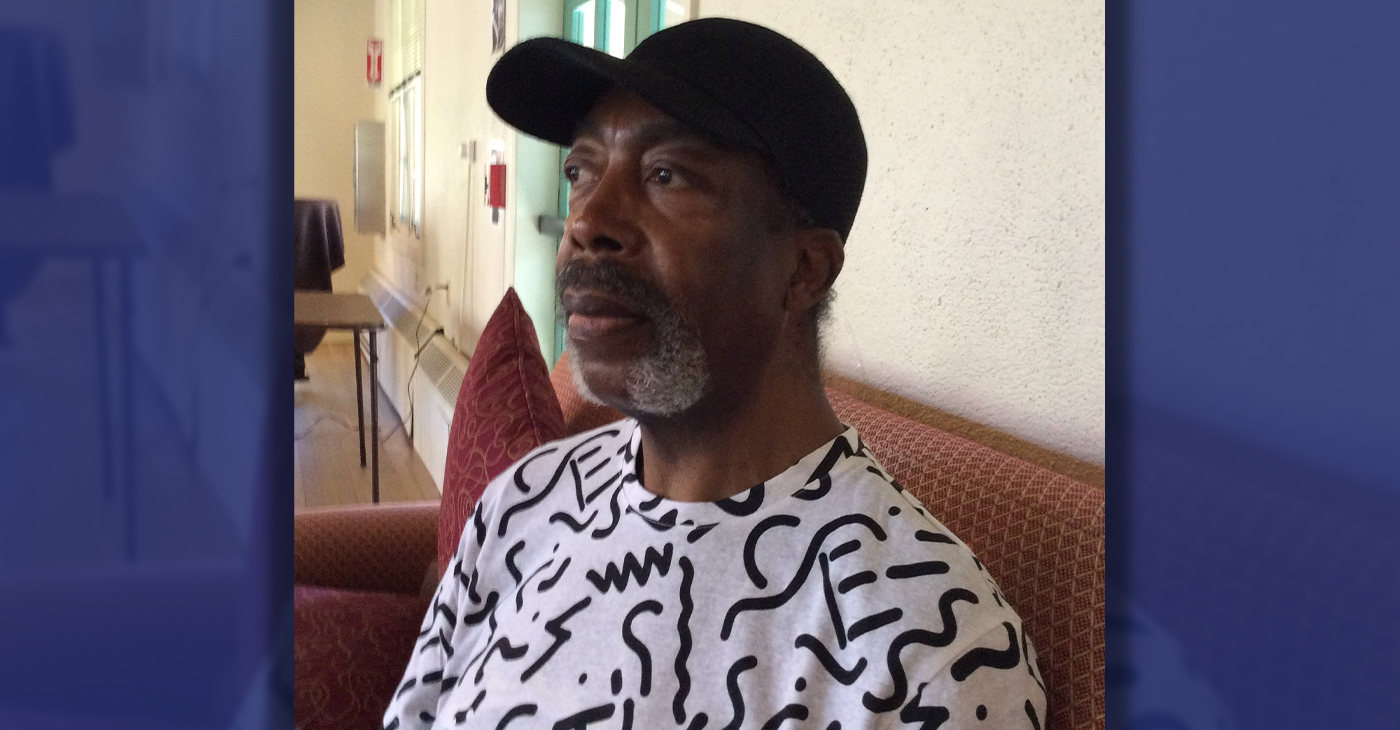
By Barbara Fluhrer
Sidney Carey was born in Dallas, Texas. He moved with his family to West Oakland as a baby. His sister is deceased; one brother lives in Oakland.
Carey was the Choir Director at Trinity Missionary Baptist Church for 18 years.
He graduated from McClymonds High with a scholarship in cosmetology and was the first African American to complete a nine-month course at the first Black Beauty School in Oakland: Charm Beauty College.
He earned his License, and then attended U.C., earning a secondary teaching credential. With his Instructors License, he went on to teach at Laney College, San Mateo College, Skyline and Universal Beauty College in Pinole, among others.
Carey was the first African American hair stylist at Joseph and I. Magnin department store in Oakland and in San Francisco, where he managed the hair stylist department, Shear Heaven.
In 2009, he quit teaching and was diagnosed with Congestive Heart Failure. He was 60 and “too old for a heart transplant”. His doctors at California Pacific Medical Center (CPMC) went to court and fought successfully for his right to receive a transplant. One day, he received a call from CPMC, “Be here in one hour.” He underwent a transplant with a heart from a 25-year- old man in Vienna, Austria
Two years later, Carey resumed teaching at Laney College, finally retiring in 2012.
Now, he’s slowed down and comfortable in a Senior Residence in Berkeley, but still manages to fit his 6/4” frame in his 2002 Toyota and drive to family gatherings in Oakland and San Leandro and an occasional Four Seasons Arts concert.
He does his own shopping and cooking and uses Para Transit to keep constant doctor appointments while keeping up with anti-rejection meds. He often travels with doctors as a model of a successful heart-transplant plant recipient: 14 years.
Carey says, “I’m blessed” and, to the youth, “Don’t give up on your dreams!”
Business
Maximizing Your Bank Branch Experience
In a world of online tools that let you make banking transactions with the touch of a button, the idea of visiting a branch might seem unnecessary. However, if you haven’t visited your local branch recently, you might be surprised by what it has to offer. Your branch is much more than a place to deposit and withdraw money – it can offer the opportunity to build valuable relationships with people who can help you achieve financial independence.
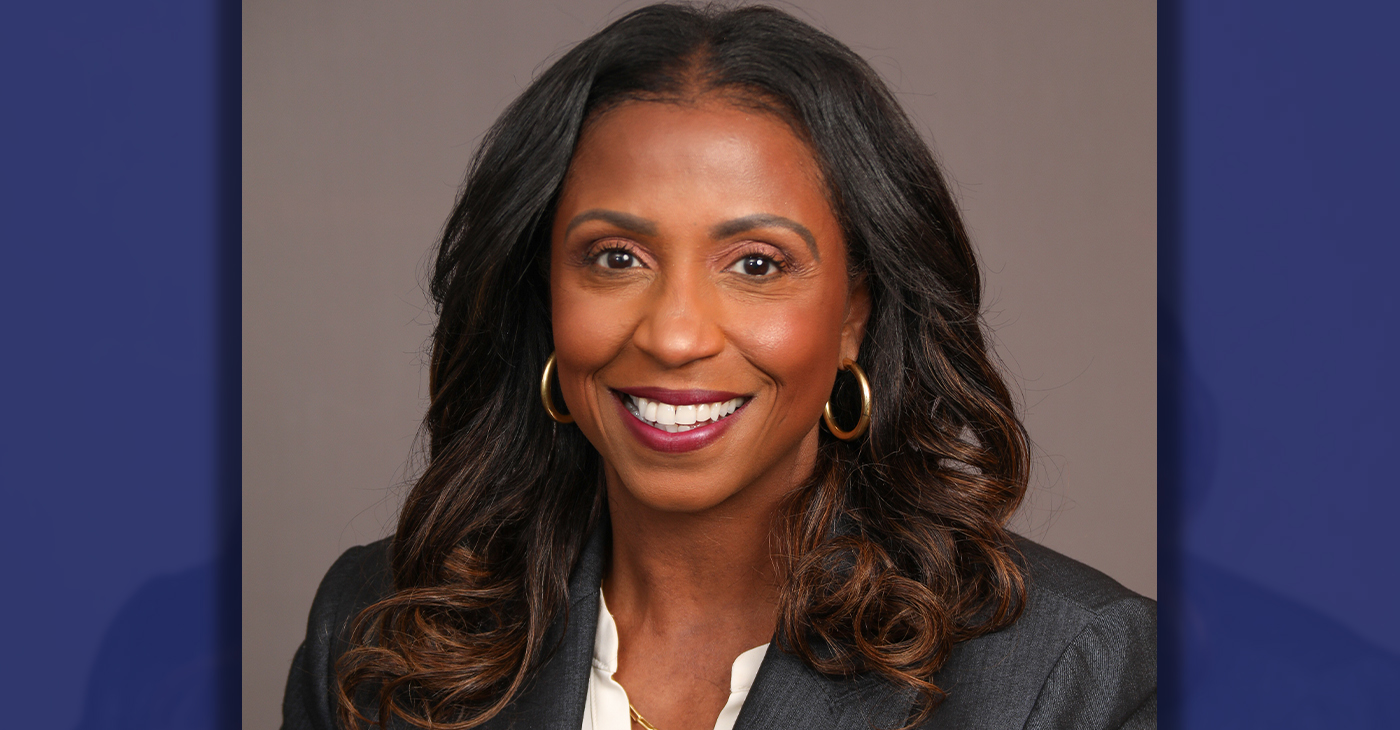
Sponsored by JPMorgan Chase & Co.
In a world of online tools that let you make banking transactions with the touch of a button, the idea of visiting a branch might seem unnecessary.
However, if you haven’t visited your local branch recently, you might be surprised by what it has to offer. Your branch is much more than a place to deposit and withdraw money – it can offer the opportunity to build valuable relationships with people who can help you achieve financial independence.
Diedra Porché, Head of Community and Business Development at Chase, talks about how the bank model has evolved to maximize the branch experience for customers; how connecting with your local branch team can help you think differently about money and investing for your future.
How can a customer feel connected to a bank branch?
I love that question because we ask ourselves the same thing every day. Being part of the community means meeting with local leaders to find out what they need from us and then designing our branches around that. For example, at some of our community branches we have what we call a living room where we can host financial workshops, small business pop-up shops or nonprofit organization meetings. We also hire locally. You feel much more connected talking about financial aspirations with people from your community who went to the same high school, place of worship or maybe frequented the same recreation center down the street when they grew up.
How can I build a relationship with my bank?
Customers should feel comfortable sharing their goals, needs and wants with their banker. Also, it helps to remember the Community Manager is there to help solve your finance challenges and build a roadmap for success. You might have a short-term or long-term goal to open a business, build your credit, become debt-free, buy a home, or save for retirement, and our community team can help. At Chase, we strive to make dreams possible for everyone, everywhere, every day. Your financial future starts with building those relationships.
How can customers change negative perceptions they have about managing their money?
Far too often, customers are intimidated when they visit a bank. Our goal is to demystify banking and money myths empowering people to make the right decisions. For example, a big myth is assuming you need a lot of money to have a bank account. You don’t! Another myth is you need to carry a balance on your credit card to build credit — actively using your credit card can demonstrate that you can use credit responsibly but carrying a balance won’t necessarily improve your credit score. Finally, understanding mobile and online banking safety is key. There are so many safeguards and protections in place to guard your personal information and funds.
What’s an easy step one can take to shift their financial behavior right now?
Cultivating self-awareness is a good first step. Start by taking inventory of your spending. Be honest with yourself about what you need and what you want. Too often, people confuse the two, which leads to bad decisions. Rent is something you need to pay. An extra pair of shoes is something you may want but before you buy them ask yourself if that’s the best use of your hard-earned money. Too often, our beliefs and our fears shape our financial realities. If any of those beliefs are limiting your financial behavior, it’s important to question and examine them, and then decide you’re open to learning something different.
What’s one perception about banking that you’d like to change?
I think folks are surprised there are so many resources available and accessible both at our branches and online, it’s always a good idea to visit a nearby branch and speak to a Community Manager or banker. Outside of what we offer in-branch, our teams also work with local neighborhood partners who provide a variety of services to support the community, businesses and residents. I received a unique piece of feedback from an employee who started with the bank and had lived in the same community his whole life. When he visited his local community branch, he said, “Diedra, when I walked in, I felt dignified.” Every time I recount that story, it warms my heart because that’s what we want — we want our centers to belong to the community.
-

 Community3 weeks ago
Community3 weeks agoFinancial Assistance Bill for Descendants of Enslaved Persons to Help Them Purchase, Own, or Maintain a Home
-

 Business3 weeks ago
Business3 weeks agoV.P. Kamala Harris: Americans With Criminal Records Will Soon Be Eligible for SBA Loans
-

 Activism4 weeks ago
Activism4 weeks agoOakland Post: Week of April 10 – 16, 2024
-

 Community3 weeks ago
Community3 weeks agoAG Bonta Says Oakland School Leaders Should Comply with State Laws to Avoid ‘Disparate Harm’ When Closing or Merging Schools
-

 Activism2 weeks ago
Activism2 weeks agoOakland Post: Week of April 24 – 30, 2024
-

 City Government3 days ago
City Government3 days agoCourt Throws Out Law That Allowed Californians to Build Duplexes, Triplexes and RDUs on Their Properties
-

 Community2 weeks ago
Community2 weeks agoRichmond Nonprofit Helps Ex-Felons Get Back on Their Feet
-

 Community2 weeks ago
Community2 weeks agoOakland WNBA Player to be Inducted Into Hall of Fame

